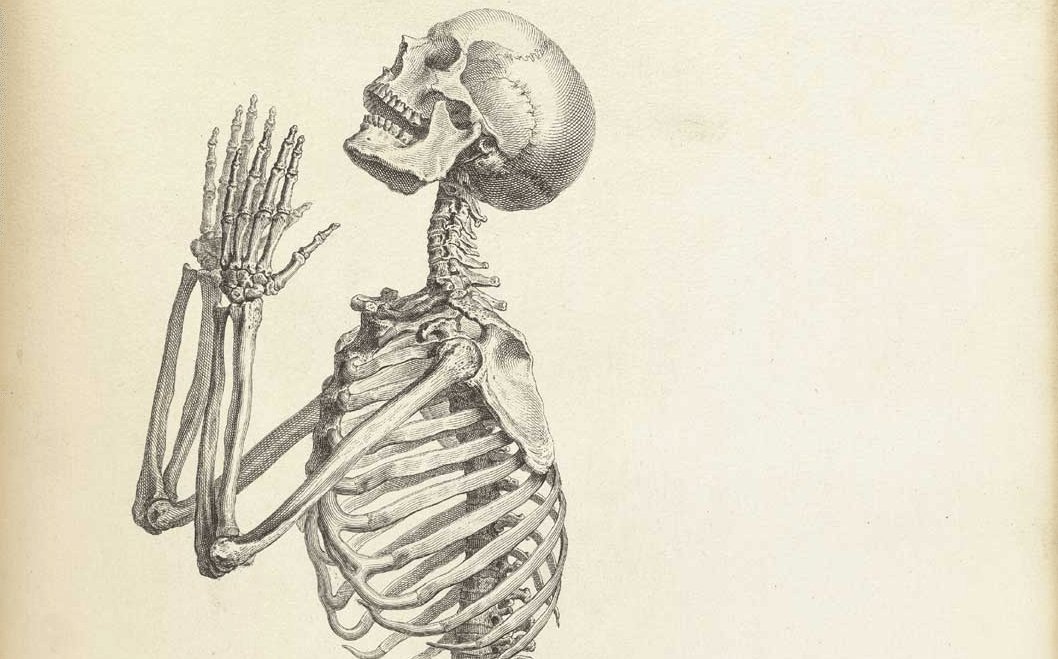

Medicine in the Middle Ages wasn’t the greatest: the leeches, the dirt, that whole four-humors thing. And yet physicians from all over the world made heroic efforts to develop and share their knowledge. Here, we’ve gathered some of our favorite historical anatomical drawings, which medieval and early modern doctors made from dissections of both animals and human cadavers. The drawings show amusing inaccuracies, impressive detail, and the apparently universal drive to give anatomical drawings weird facial expressions.
Click here to enter the gallery







